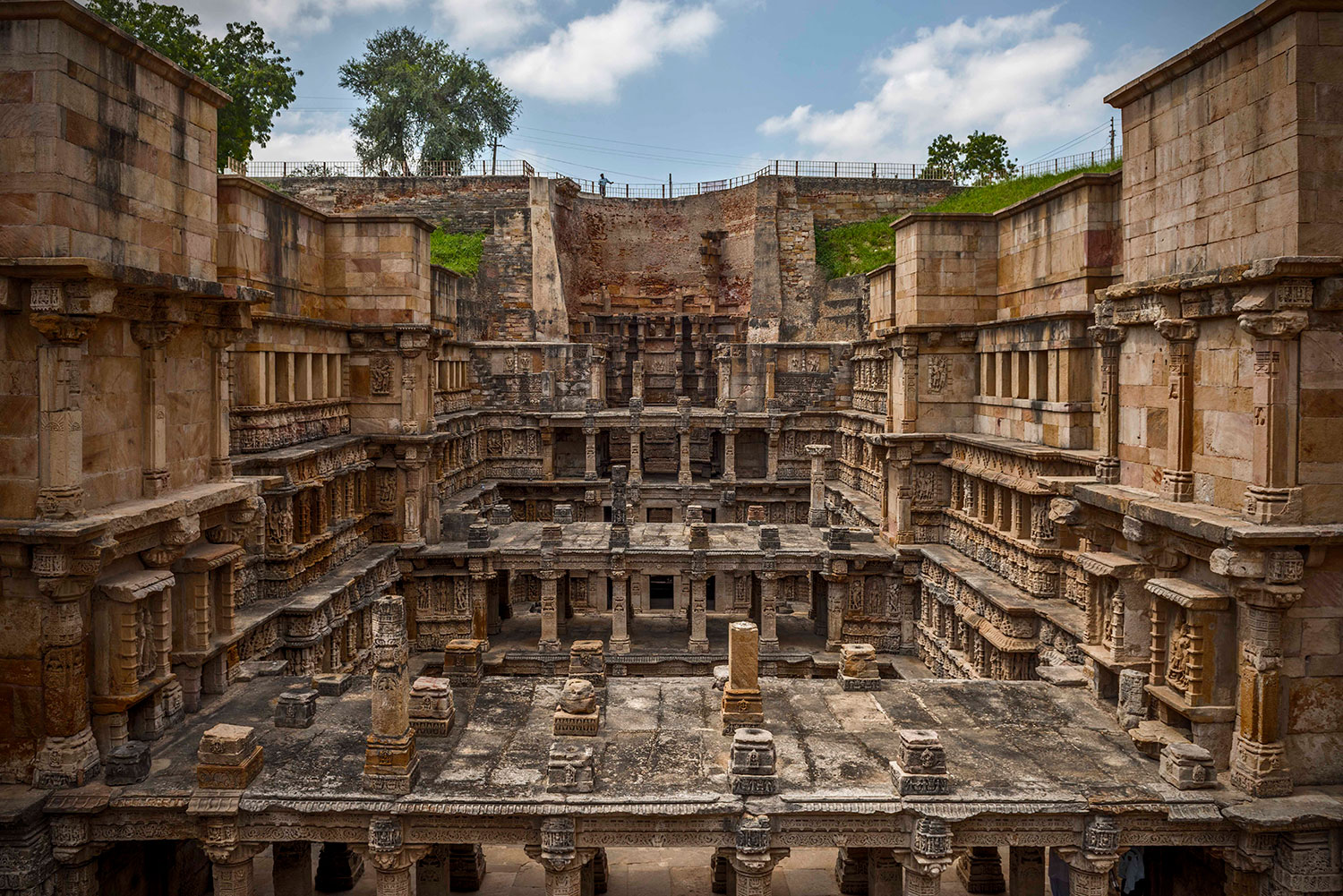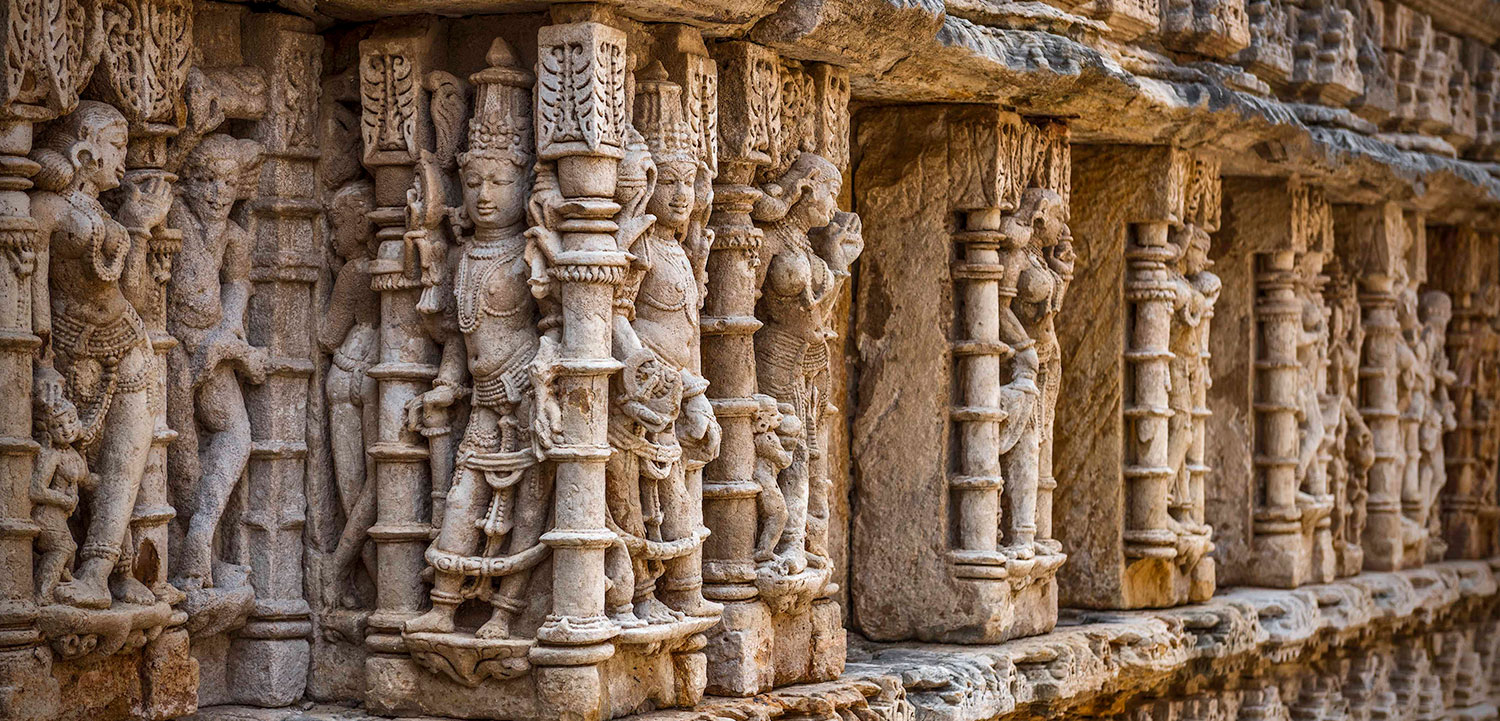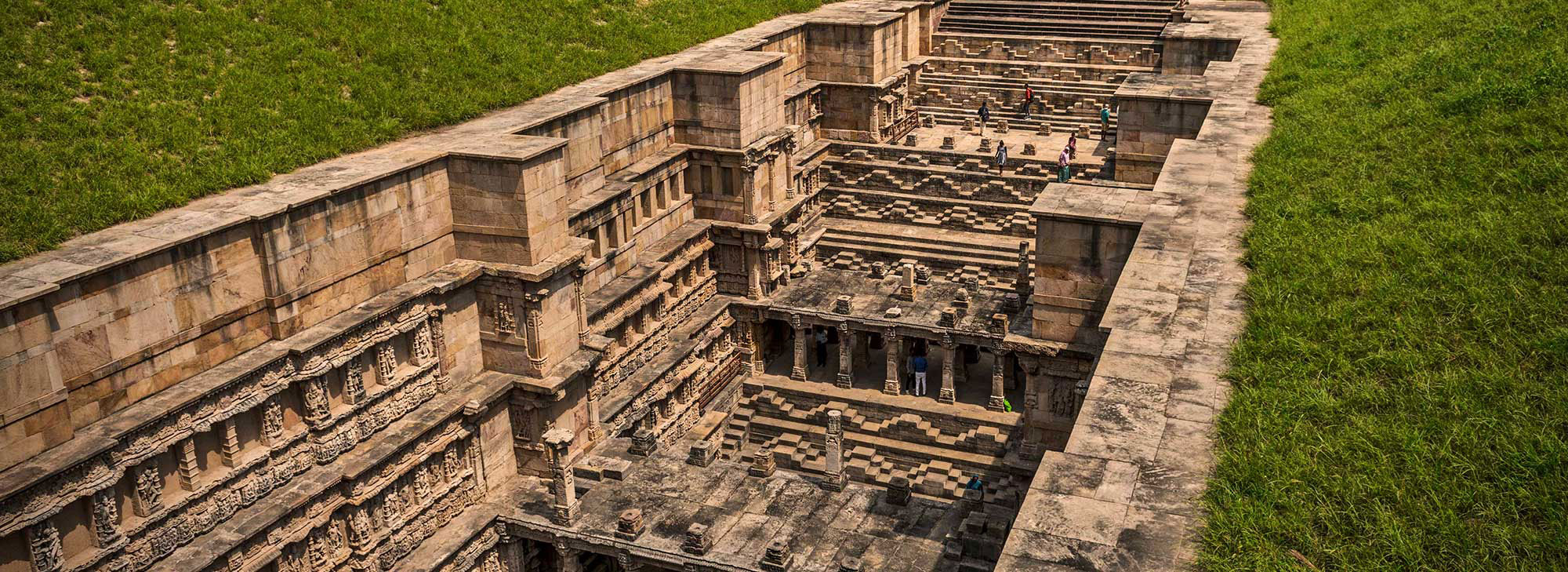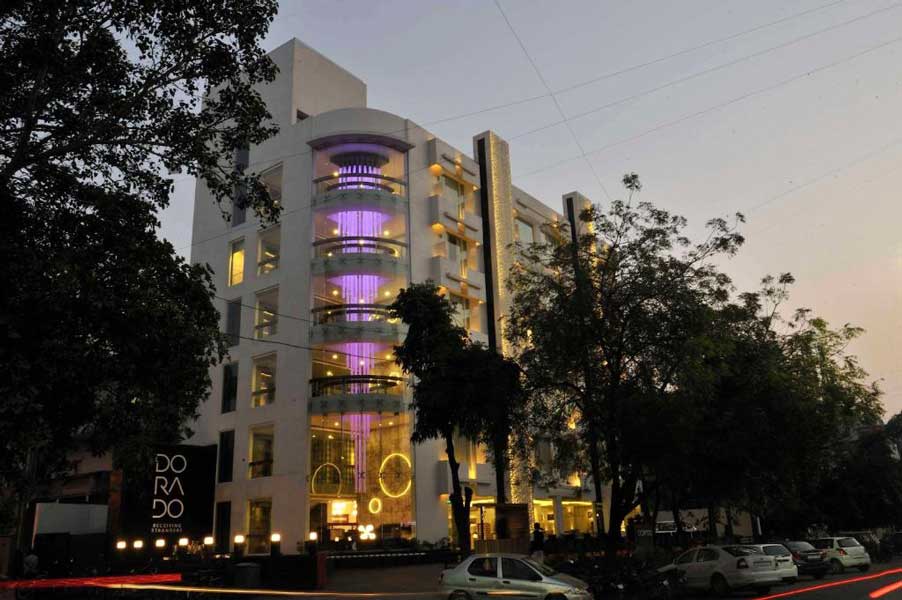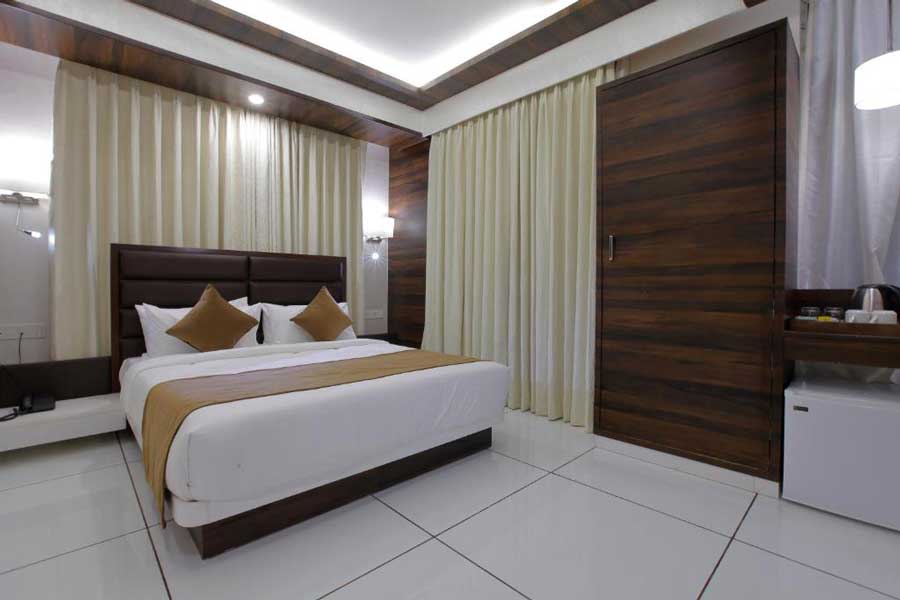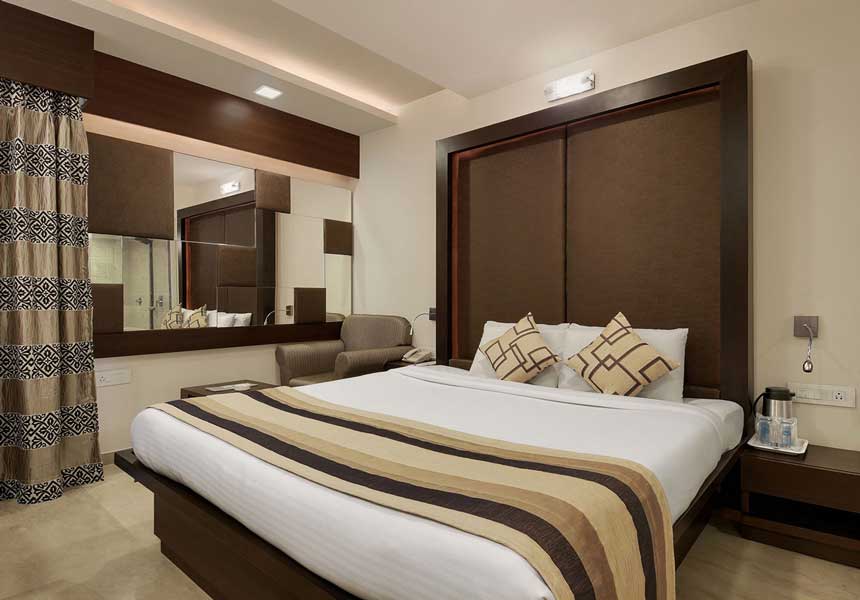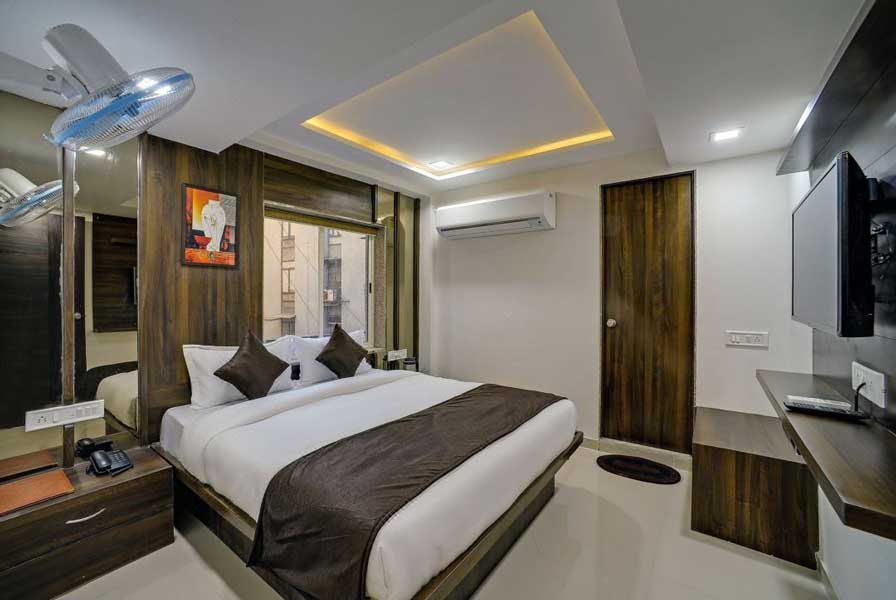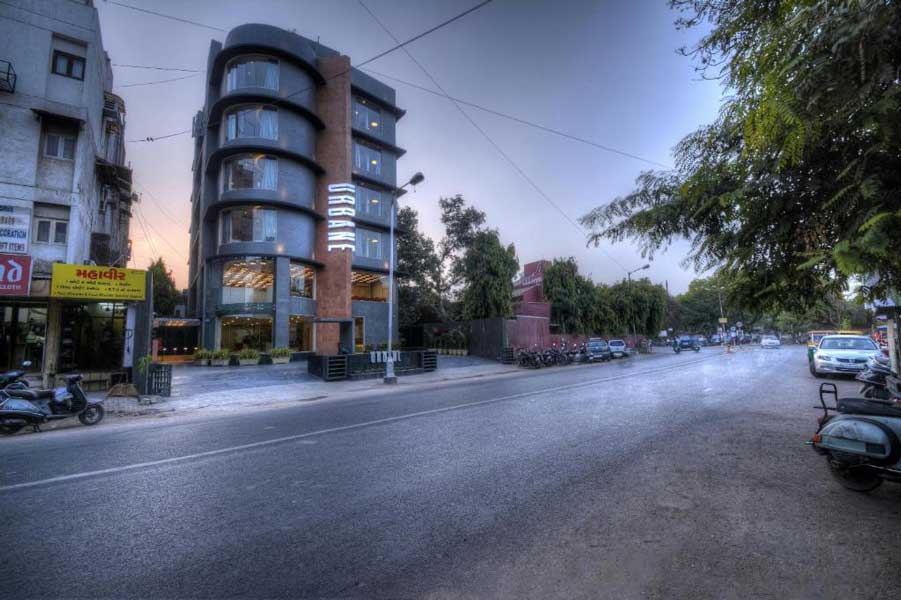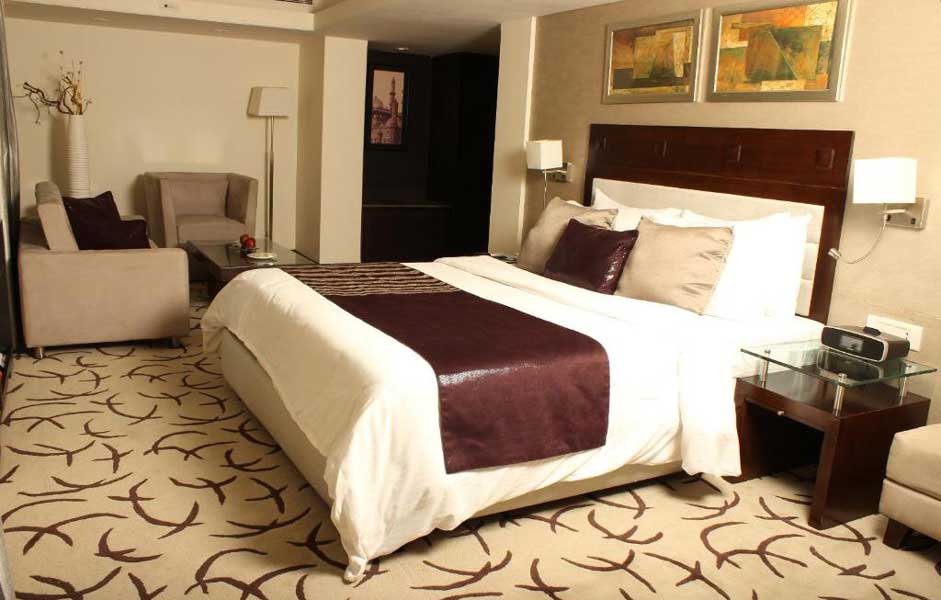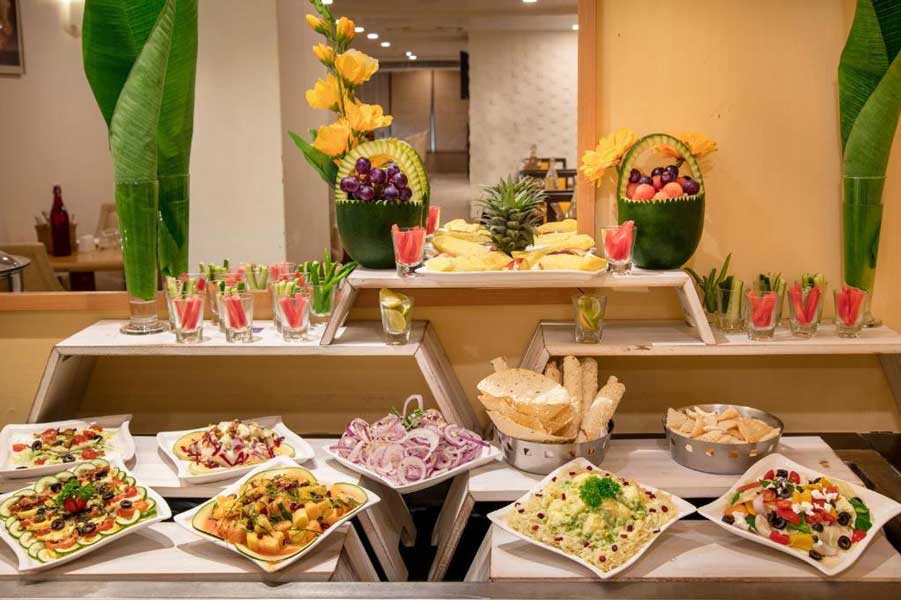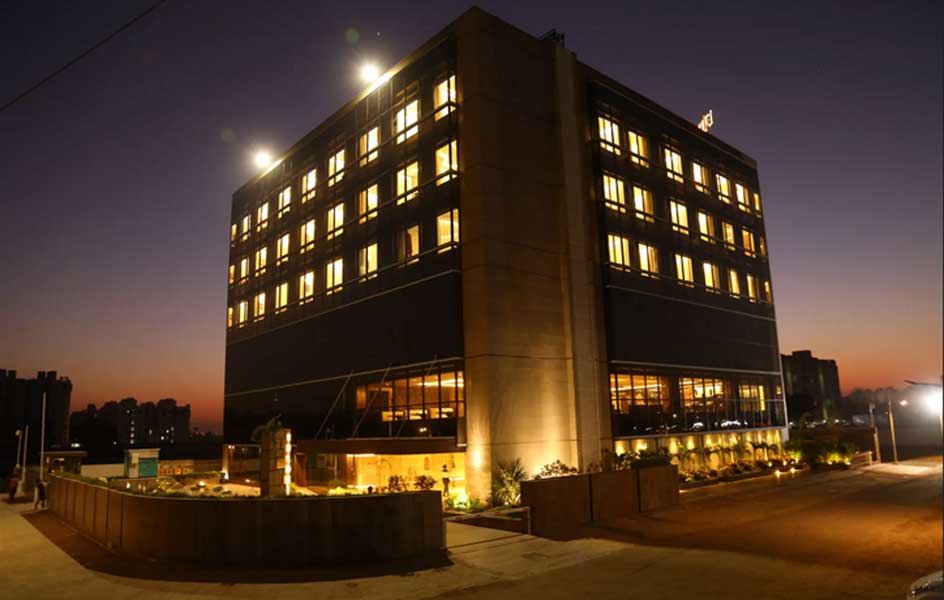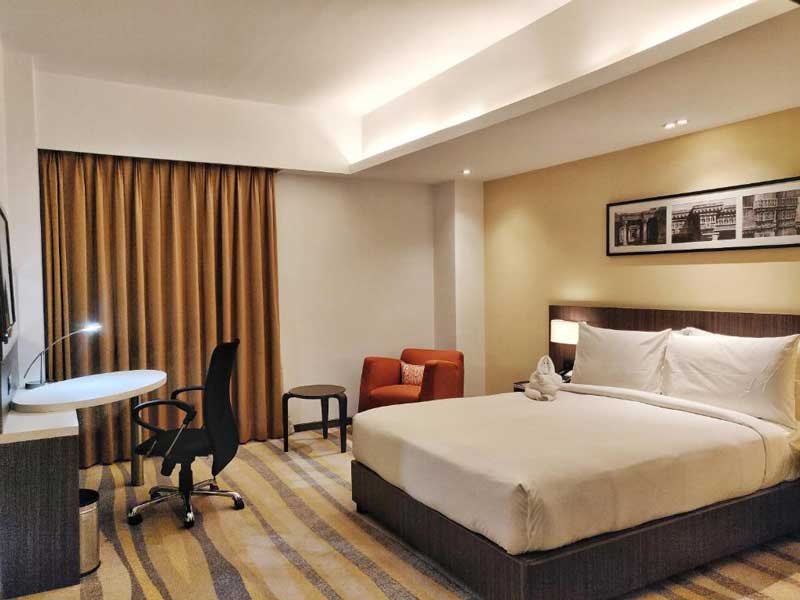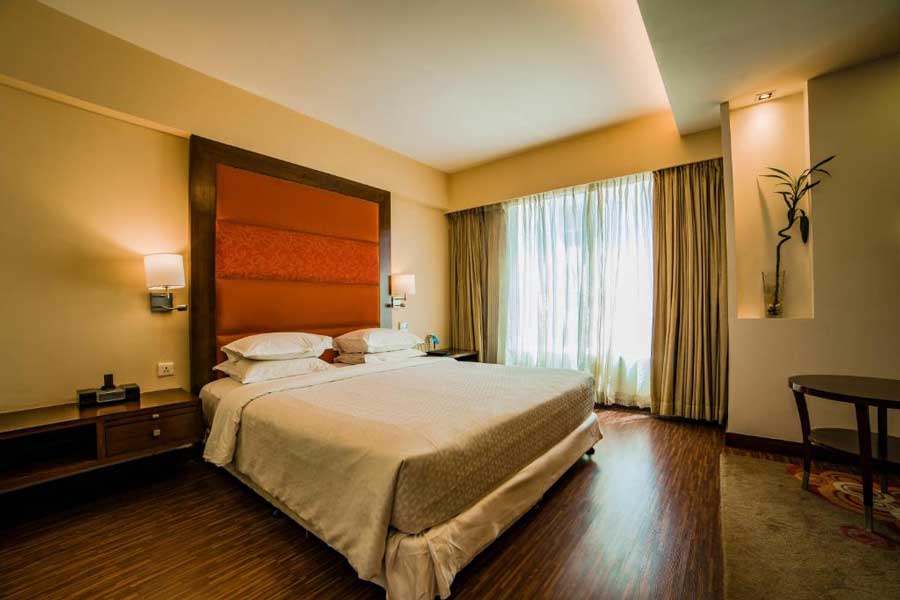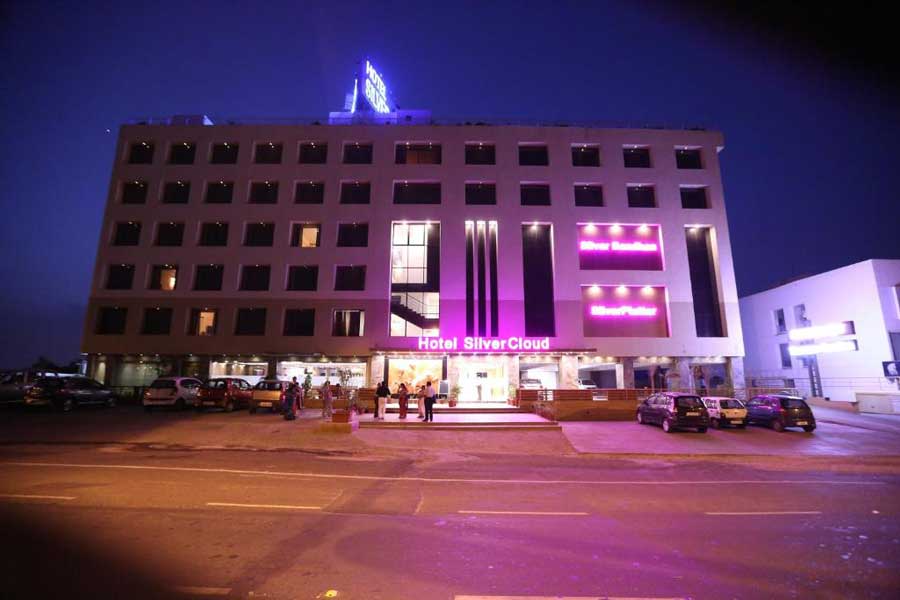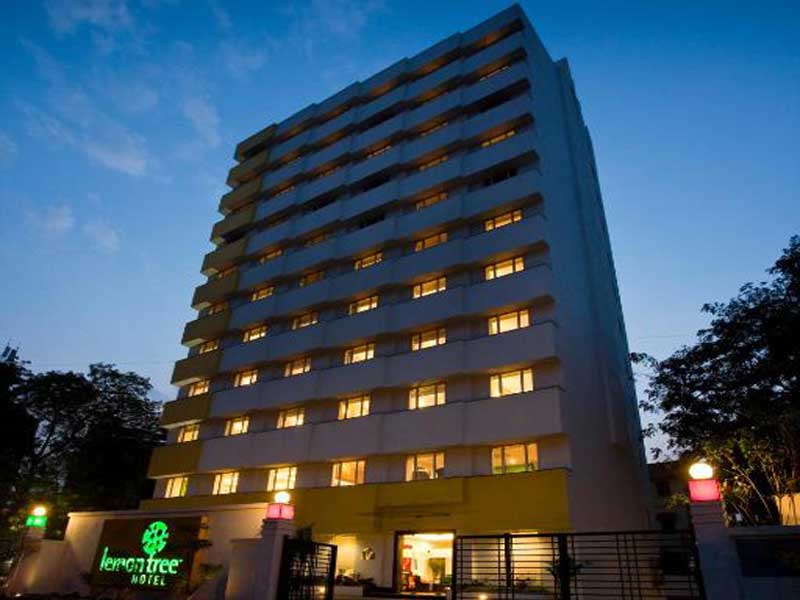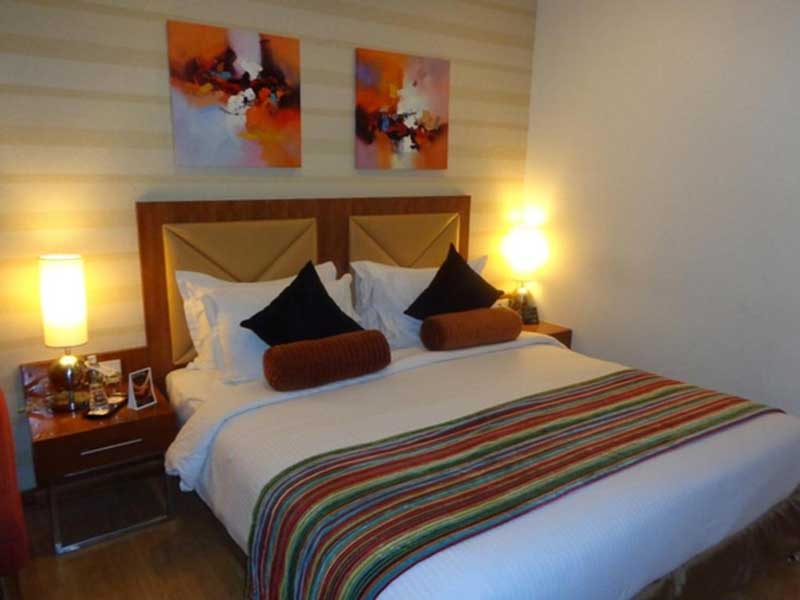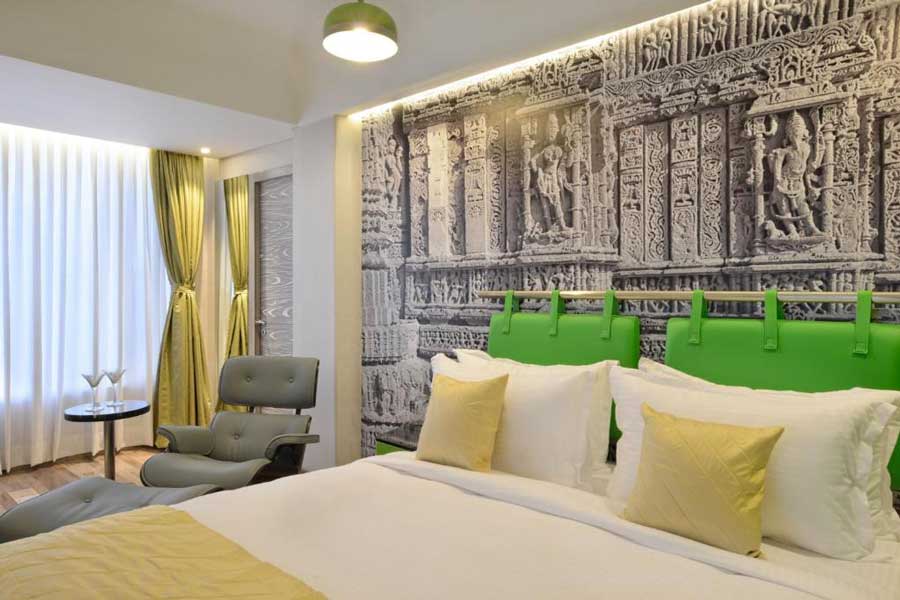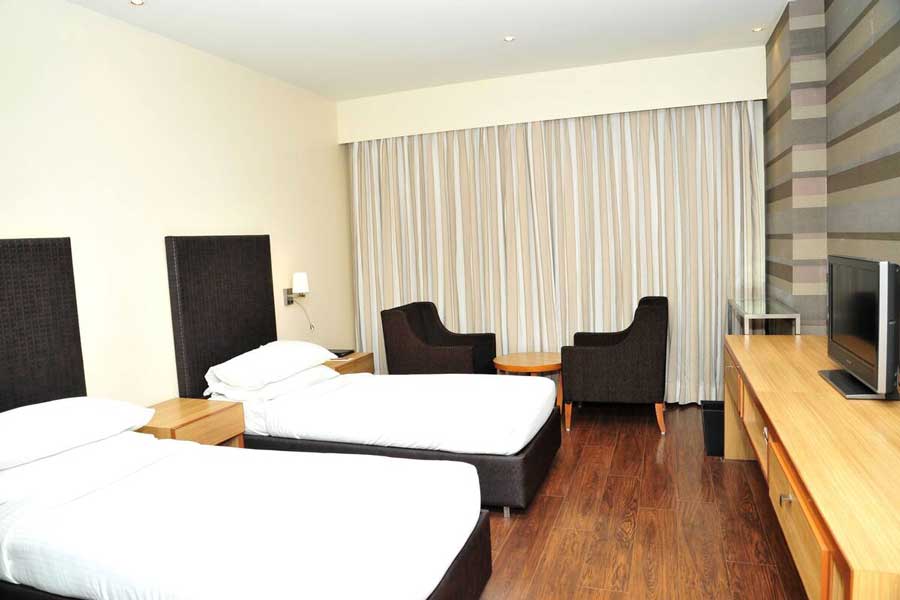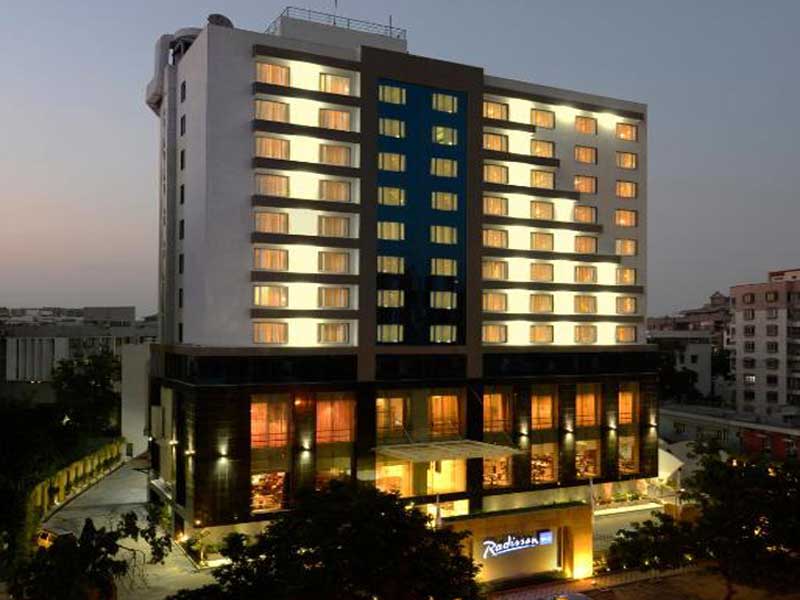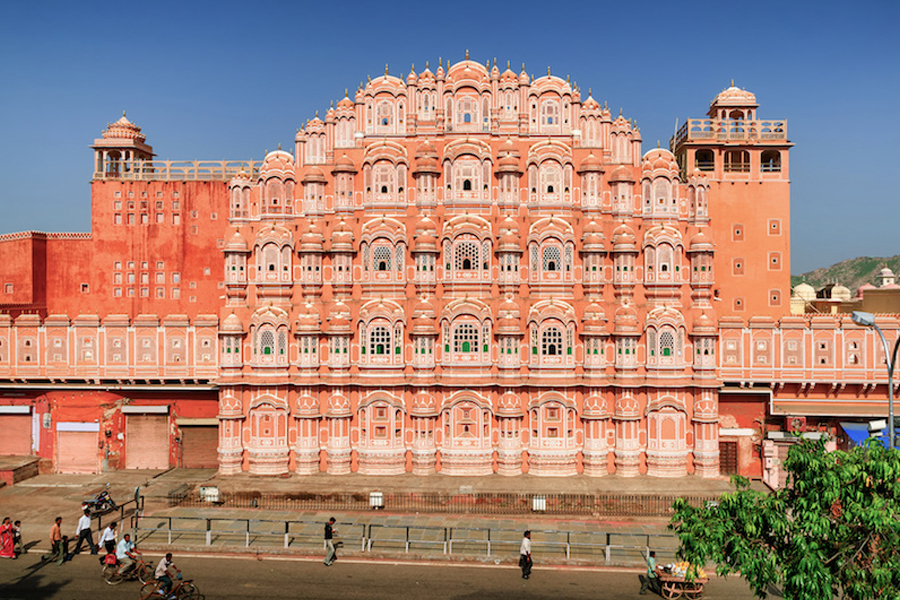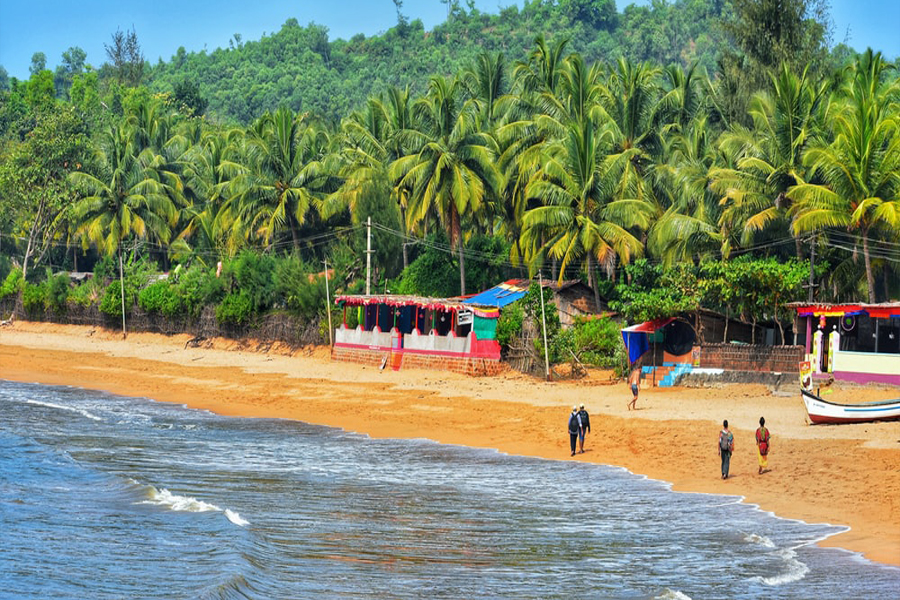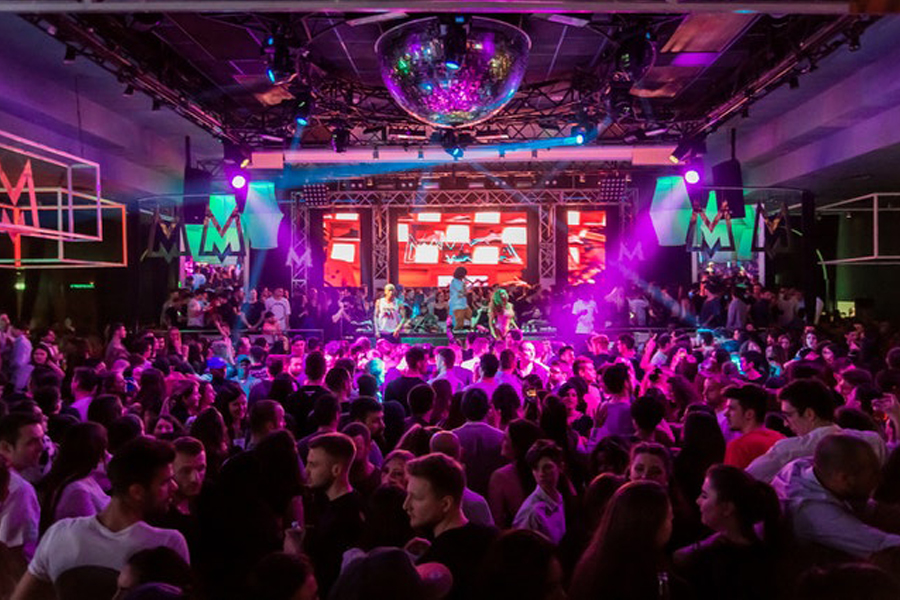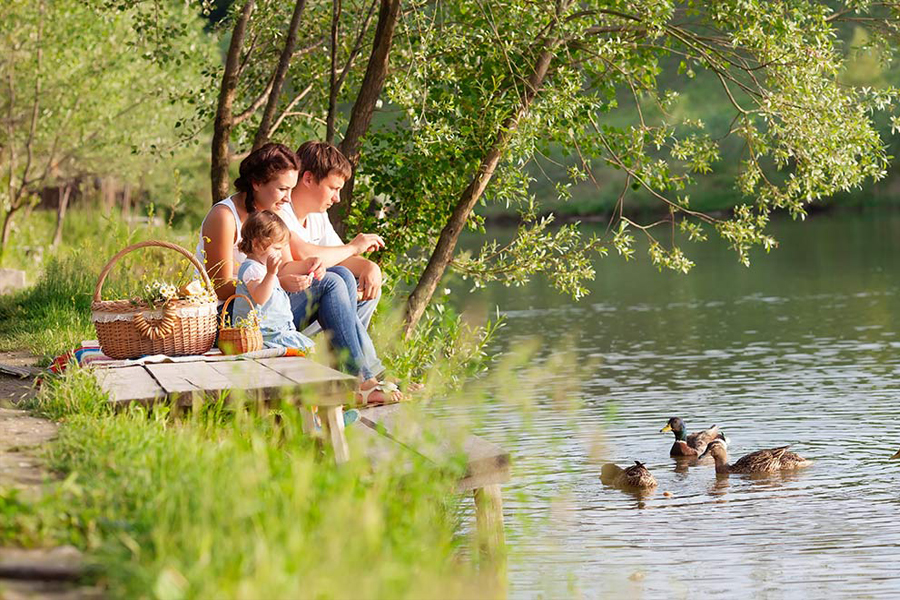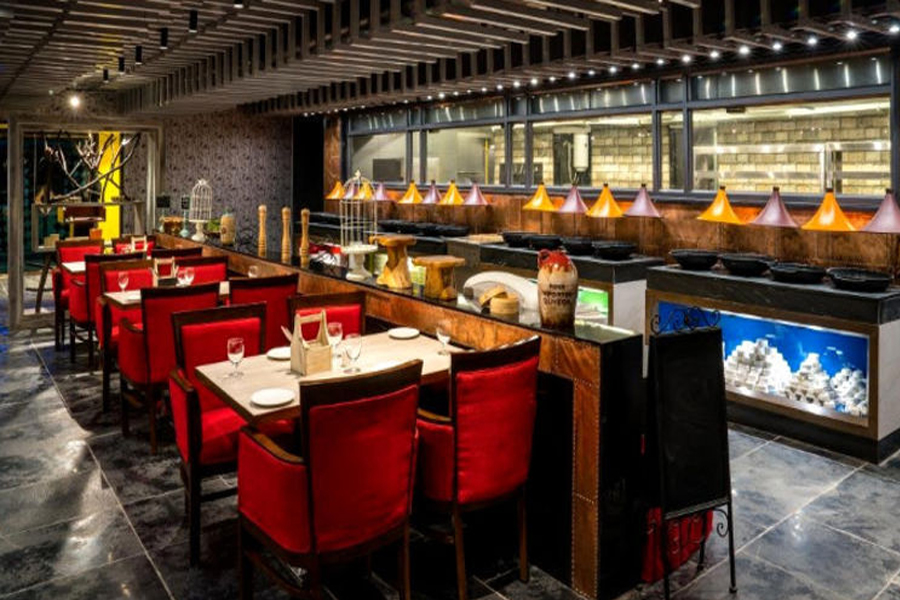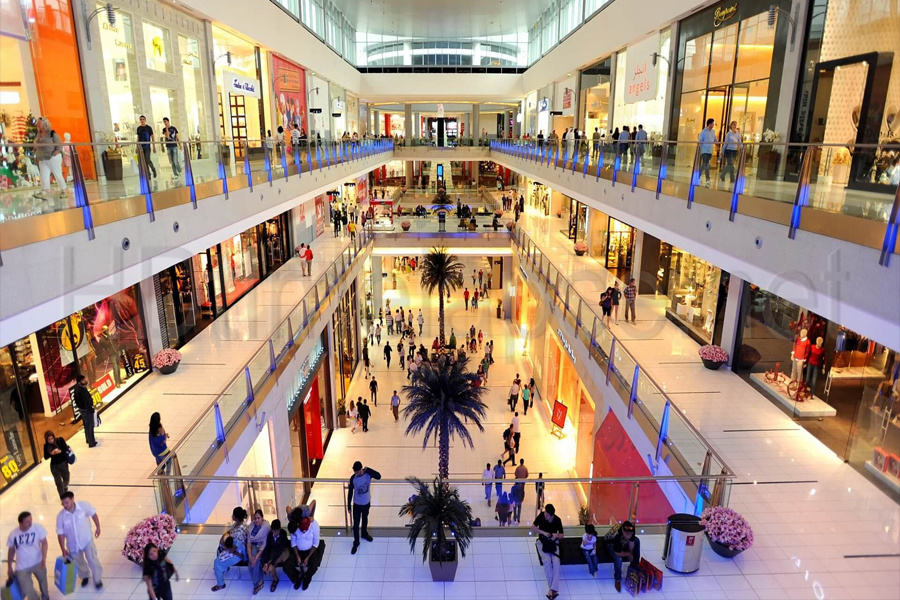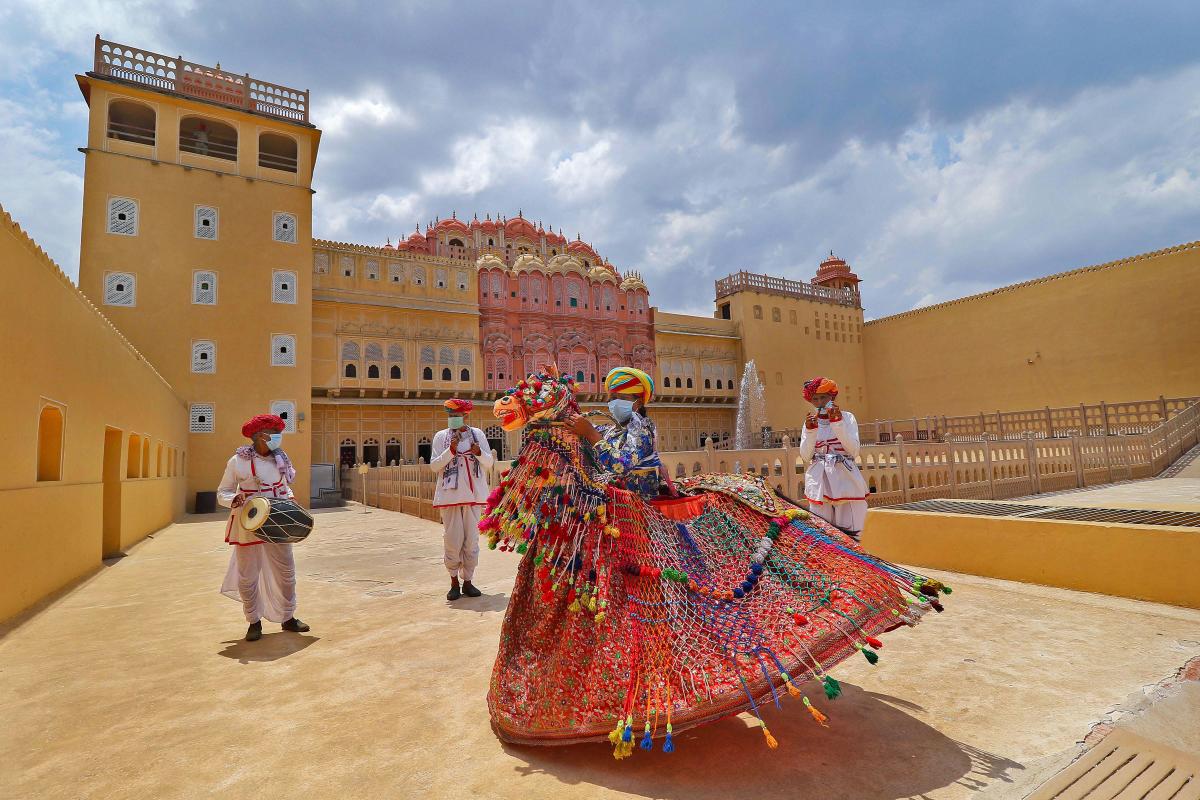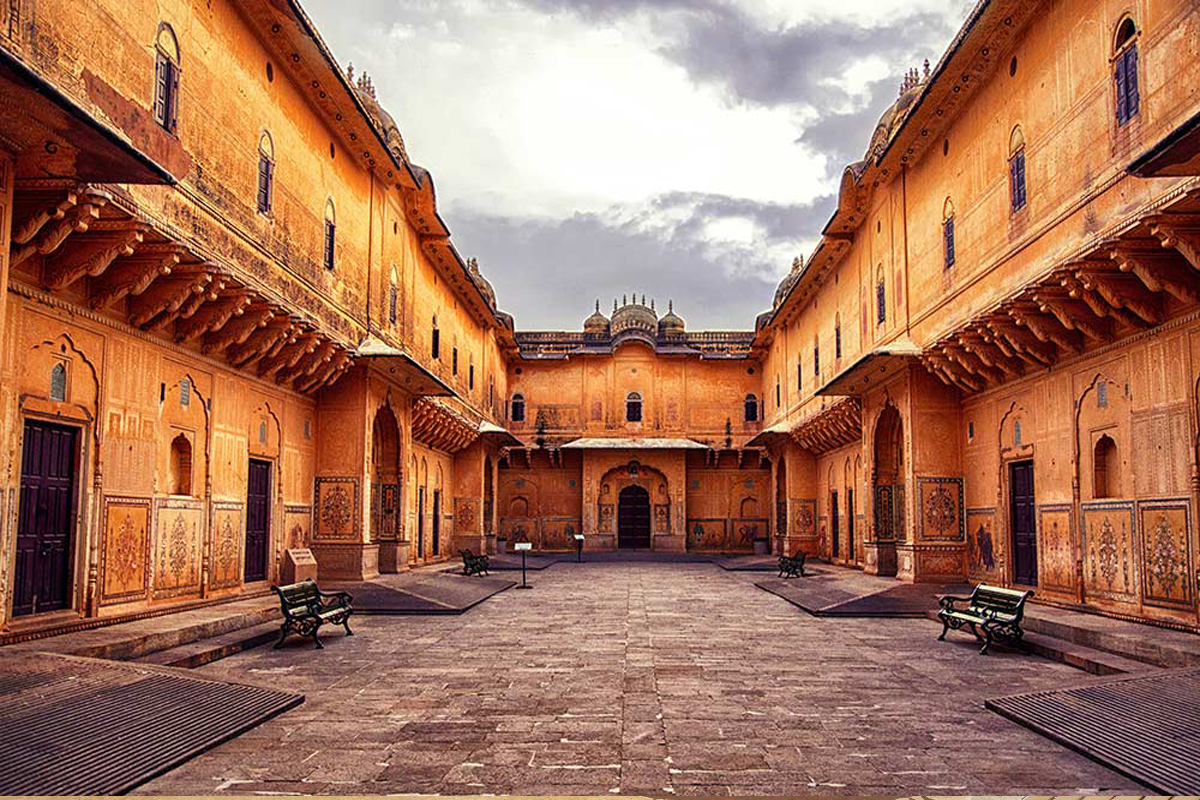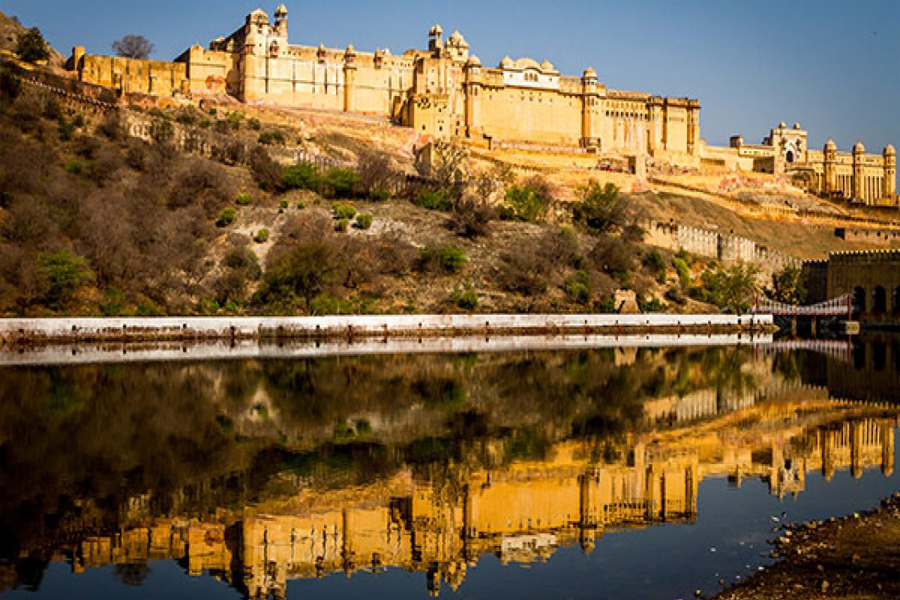Read More on Rani ki Vav
History
The remarkable stepwell was built in the Chalukya Dynasty from 1063 to 1068 AD as a tribute to Bhimdev Solanki by his widowed Queen Udaymati. It is built in the shape of an inverted temple with seven storeys, emphasizing the importance of water. Aside from having a water storage system, Rani Ki Vav is also noted for its finely carved sculptures on pillars, which number in the hundreds and are mostly based on Lord Vishnu's theme.
The widowed queen Udaymati is thought to have commissioned Rani ki Vav in remembrance of her husband Bhimdev I (AD 1022 to 1063), son of Mularaja, the founder of the Solanki dynasty of Anahilwada Pattan. The building began around 1050 AD and was likely completed after the death of Udayamati's spouse by Udayamati and Karandev I.
Architecture
Rani ki Vav, dubbed "one of the most beautiful works of architecture," is built in the Maru-Gurjara style. It demonstrates dexterous technique while admiring the beauty of the intricacies and proportions attained. Built as a memorial in the 11th century, this stepwell is a work of real artistic talent in addition to having a good water source and structural stability.
The well is divided into seven levels of stairs, each with high-quality sculptural panels, over 500 primary sculptures, and over a thousand other religious and mythological figures, many of which reference literary works.
The fourth level, which is the deepest, is oriented east-west and leads to a rectangular tank (9.5 meters by 9.4 meters) at a depth of 23 meters.
Activities
- You can enlighten yourself with its history there.
- Clicking photos is not prohibited there, so get it done to your heart's content.
- You can touch the carvings and sculptures on the walls of Rani Ki Vav.
Tips for visiting
- A Rani ki Vav festival is held in December or January, where visitors can enjoy a cultural program as well as delicious local cuisine and street shopping.
- Do not throw any garbage around the stepwell.
- As the structures inside the stepwell are very historic, do not cause any harm to it.
Best time to visit
The best time to see the monument throughout the day is in the early hours of the morning. The sculptures take on a golden tint as the sun rises, and the stepwell gleams like gold. For all photographers, this is a fantastic opportunity.
The months of October to March are ideal for visiting Gujarat. That is when the temperatures are cooler and you are less likely to get drained by the Indian sun.
Nearby Atractions
- Patan Patola Heritage
- Patan City Museum
- Khan Sarovar
- Parshwanath Jain Tirth Panchasara Patan
- Bagvada Darwaja Patan
Nearby market/ shopping places
- Shree Panchasara Avenue: In this market, you can get good quality clothes, especially sarees for women
- Vegetable Store: This market is famous for fresh vegetables and fruits.
- APMC Market Patna: A place for farmers to sell their food products at a very good price.
- Ambika sabji market: This market is also famous for fresh groceries and vegetables at a considerable rate.
Nearby Hotels
- The Grand Raveta
- Hotel Tulsi
- OYO 80748 Hotel Fountain Fun
- Hotel Apple Residency
- Hotel The Grand Krishna
Interesting Facts About Rani ki Vav
- The new Indian 100 rupee note features Rani ki Vav.
- 1500 exquisite sculptures, both large and little, adorn the stepwell.
- The only step in Patan to be designated as a UNESCO World Heritage Site is Rani ki Vav.
- It was built by the queen as a memorial for a king, rather than the other way around, as was more typical at the time.


